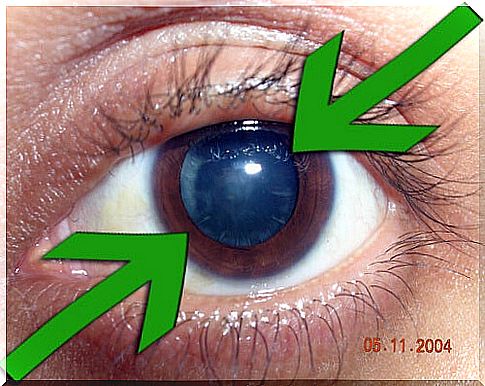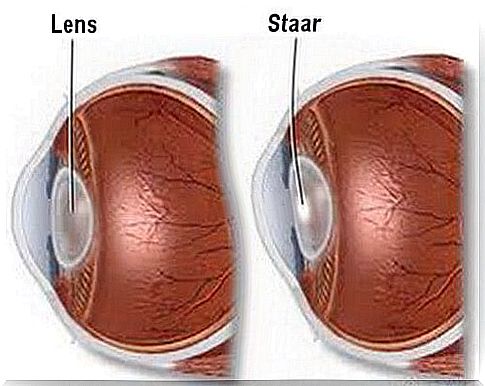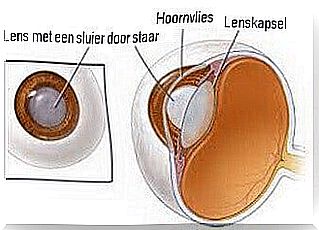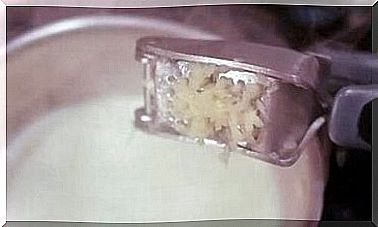Natural Treatment And Prevention Of Cataracts

Cataracts are almost an endemic problem of the 21st century for several reasons, including the aging of the increasing number of people in the world today.
Many physical and nutritional factors and the excessive use of devices with reflective screens also play a role. Think of mobile phones, computers, tablets, and so on.
All these things negatively affect the eyesight of both the young and the elderly.
What is gray cataract?
Loss of primary vision — which is characteristic of cataracts — occurs when your lens becomes opaque. This means that the magnifying glass you have in your eye loses its transparency and becomes increasingly cloudy.
This process continues until it finally becomes a sort of “curtain”. This curtain prevents images from reaching your retina. It is as if the lens of your video camera suddenly becomes dirty due to the accumulation of dirt. As a result, it can no longer record images without smudges.

Cataracts are a degenerative and painless process that affects vision. The most observable sign is the changing of the eyes. This is because cataracts look like a “milky veil” that gradually covers your pupil.
The pupil then loses its black color and becomes increasingly gray as the condition progresses. This is because proteins build up in the lens of the eye. This creates a veil that obstructs the light going to your retina.

This happens gradually, eventually causing it to completely cover the eye and, in extreme cases, lead to blindness. This condition affects nearly half of the world’s population over the age of 65.
Medical treatments
In extreme cases, surgery may be required. However, usually this treatment does not lead to an improvement in vision.
If you have cataracts and are so bothered by them that it interferes with your functioning, contact your eye doctor to get a personal opinion about possible improvements.
There are also other options that you can try before opting for surgery. The methods below can significantly reduce the progression of cataracts.
At best , you might even stop it. However, if this is not the case, you should of course contact your eye doctor.
The key to these methods lies in the fact that three quarters of the lens of the eye consists of water and proteins. The distribution of the proteins disrupts the way you see light during cataracts.
We can define a number of treatments and give standards that help to correct these defects. You should also remember that the chance of developing a gray state is higher in individuals with diabetes and in women.
This is even more true if you have relatives with the disease. Also, people who have used high doses of corticosteroids (from 2 to 15 mg per day) for years and people who smoke are more at risk.
Diet for Treating Cataracts
Your diet should be rich in vitamins A and C
These vitamins are important for the tissues and functioning of your eyes. In this way it contributes to the maintenance of your eye lens. To get vitamin A, you need to eat “red” vegetables and carrots, fruits (oranges, papaya, etc.).
We also recommend spinach. Spinach is recommended more often to reduce the chance of cataracts. To get vitamin C, there are several additional products you can use. You can think of spirulina algae and moringa (leaves or oil).
Eliminate sugary and sugary drinks in general from your diet.
This weakens and affects your nervous system. For the same reason, it is recommended to avoid caffeine and alcohol.
Add antioxidants
You would do well to add natural sources of antioxidants to your diet. These are oranges, lemons, grapefruit, strawberries, blue grapes, broccoli, tomatoes, olive oil, and moringa oil. Antioxidants fight free radicals (unstable oxygen molecules), which build up in the eyes and cause cataracts.
Think of omega 3 fatty acids
You can take these as a supplement. You can also simply eat more fish (mainly blue species). Also contains flaxseed, chia and various oils omega 3 fatty acids. According to several studies, eating tuna once a week can reduce the risk of cataracts by 12%.
Drink lots of water
Drink at least two liters a day. It is important that the moisture in your eyes does not dry out. You should also avoid very salty or spicy foods.
Don’t forget your liver
This one is also very important. After all, your liver filters your blood.
Recommendations
Your behavior and lifestyle are very important to prevent, stop or even cure cataracts. Remember the following:
- Periodic adult eye exams are recommended. So go to the eye doctor every two years.
- Protect your eyes from UV rays. Wear sunglasses or a cap.
- Avoid exposure to UVA rays under the tanning bed. UVB rays from the sun are much less harmful.
- Use an eye mask while sleeping if you are not sleeping in a dark room. The pineal gland produces melatonin (the hormone that regulates your day-night rhythm) before and during sleep, but only in the dark.
- Do not smoke.
- Watch your sugar intake and outsmart type 2 diabetes.
- Practice “eye relaxation.” Do this for half an hour by looking at a plant, a green leaf or a green and quiet field. This generally also has a positive effect on your mood.
According to naturopathy, cataracts are caused by a poor diet and conditions that cause tension in the eye muscles. For these reasons, cataracts are more common in people who smoke a lot and who have diabetes (and not just the elderly).
All this causes poor circulation of blood and nutrients through the lens of the eye. To prevent cataracts, a healthy diet with lots of nutrients and physical exercise is therefore ideal. This not only improves your circulation, but can also reduce tension in the eye muscles.
Popular medicines
- Honey is known as an ally to prevent cataracts . Apply pure honey (unpurified) to the eye. This has an antibacterial effect and helps with cleaning and nutrition.
- Place an aniseed infusion or raw potato infusion on your eyelids for an hour daily.
- Daily cayenne infusion or eyebright infusion help slow the disease.
- Filtered sea salt eye drops. These can irritate the eyes at first, but they don’t damage them. You can safely do this every day.
- A few drops of lemon diluted in serum or pure water. It may burn if your eyes are dirty or if you have conjunctivitis, but it is very medicinal and will not damage your eyes.
- Castor oil. Wet your finger and gently apply it to the edge of your eye so that it penetrates on its own. Moringa oil also works, but will burn more due to its antibacterial properties. Apply this for at least a month. You can also apply flaxseed oil or cod liver oil, one drop per night.
- aloe vera. Apply two to three drops of this plant’s crushed gel.
- Pieces of cold onion. Place it in the fridge for half an hour and then place it on your eyelids for five minutes.
- Boil chamomile (25 grams), elderberry (30 grams), a potato, half a cucumber and linseed (15 grams) in a liter of water. Apply this to your eye with compresses.









